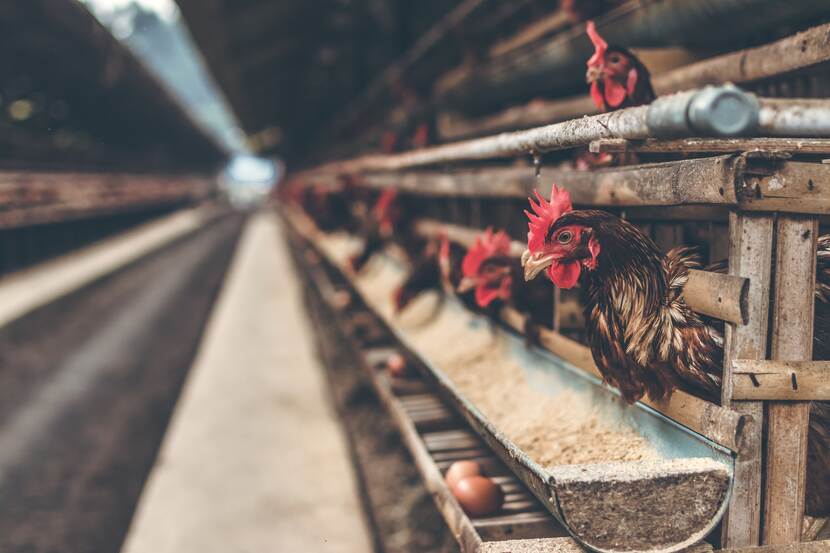Avian Influenza outbreaks in Mexico
The Highly Pathogenic Avian Influenza (HPAI) virus has now also re-emerged in Mexico. So far 731.081 birds have been culled.

Emergency protocol
After many recent outbreaks in other parts of the world, The Highly Pathogenic Avian Influenza (HPAI) virus has now also emerged again in Mexico. On 21 April, poultry producers from the Laguna region in the states of Coahuila and Durango reported suspicious deaths of birds at their farms. On 22 April, inspectors of Mexico’s National Service for Food Health, Safety and Quality (SENASICA) confirmed the presence of HPAI. On the same day, an emergency protocol was rolled out by SENASICA to contain the outbreak through quarantine measures for large companies as well as depopulation, cleaning and disinfection measures. Authorities have also held several meetings to reach agreements with poultry farmers and owners of production companies. The state borders for eggs and chicken meat produced in the area have been closed.
So far, the disease has been confirmed in 44 of 266 inspected farms in the region, ten of these in the state of Durango farms and the other 34 in the state Coahuila. 731.081 birds have thus far been culled as a result of the outbreak.
La Laguna
The Laguna region is Mexico’s 5th most important poultry region, producing some 46.000 tons of chicken meat per year. It is also one of the main egg-producing areas in Mexico. HPAI has been present in Mexico since 2012, and over the last 10 years, the country has struggled with periodic outbreaks.